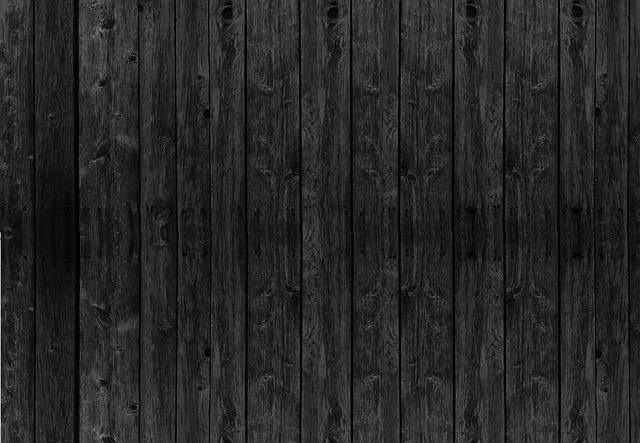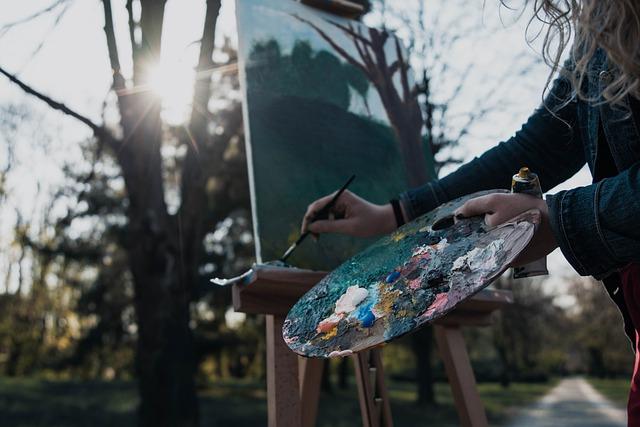In the ever-evolving landscape of Hollywood, where innovation and tradition often clash, the prevalence of reboots and remakes has sparked a contentious debate: are these revivals a testament to creative bankruptcy or a strategic homage to timeless narratives? As audiences witness the continuous recycling of beloved classics and cult favorites, questions arise about the industry’s creative vitality. This article delves into the complex motivations behind Hollywood’s reliance on familiar stories, examining whether these endeavors reflect a dearth of originality or a calculated response to shifting audience dynamics and economic imperatives. By analyzing trends, box office data, and artistic intentions, we aim to unravel the intricate tapestry of creativity and commerce that defines modern cinema.
Evaluating the Creative Landscape: Understanding Hollywoods Reliance on Reboots
In recent years, the film industry has seen a marked increase in the number of reboots and remakes, sparking debates about the state of creativity in Hollywood. Reboots, often viewed as a safe bet, offer studios the comfort of familiar narratives and established fan bases. This reliance raises questions about the balance between innovation and commercial success. While some argue that reboots represent a creative stagnation, others see them as opportunities to modernize and diversify beloved stories.
- Nostalgia Factor: Audiences are drawn to the familiarity and emotional connections with past hits.
- Risk Aversion: Reboots mitigate financial risks, leveraging recognizable titles in a competitive market.
- Cultural Shifts: Modern retellings can reflect contemporary values and address past shortcomings.
Critically, the trend prompts an evaluation of how creative originality is defined. Is it the birth of entirely new concepts, or can it be found in the reinvention of existing ones? As Hollywood continues to navigate this landscape, the challenge lies in crafting reboots that not only captivate but also contribute meaningfully to the cinematic tapestry.

Cultural Nostalgia or Creative Stagnation: The Dual Nature of Remakes
The resurgence of familiar tales often sparks a debate between cultural nostalgia and creative stagnation. On one hand, remakes can be seen as a celebration of timeless stories, breathing new life into beloved narratives with modern technology and perspectives. They offer audiences a chance to revisit cherished memories and introduce classic tales to new generations. This cultural nostalgia is not just a longing for the past, but a bridge between eras, allowing stories to evolve while retaining their core essence.
Conversely, the frequent reliance on reboots may indicate a lack of original ideas, raising concerns about creative stagnation in Hollywood. Critics argue that this trend reflects an industry more interested in guaranteed profits than artistic innovation. Key concerns include:
- Repetitive Storylines: A tendency to recycle plots rather than invest in fresh narratives.
- Risk Aversion: Preference for established franchises over nurturing new talent and ideas.
- Cultural Homogenization: Potential erosion of diverse storytelling in favor of mainstream appeal.

Innovative Storytelling in a Reboot Era: Strategies for Originality
In an era where reboots and remakes dominate the silver screen, finding originality in storytelling requires bold strategies. Creators must venture beyond simple nostalgia, weaving fresh narratives into familiar frameworks. One approach is to reimagine characters by adding depth and complexity, allowing them to evolve in unexpected ways. For instance, introducing new backstories or exploring untapped aspects of their personalities can create a richer narrative tapestry.
Another effective strategy is to shift the perspective. By telling the story from a different character’s viewpoint, or even altering the timeline, creators can offer audiences a fresh lens through which to engage with the narrative. Moreover, embracing diverse voices and cultures can infuse a reboot with new energy and relevance, resonating with contemporary audiences. Ultimately, the key to originality lies in daring to challenge the status quo while honoring the essence of the original work.
- Reimagining characters for depth
- Shifting perspectives to refresh narratives
- Embracing diversity for cultural resonance

Reimagining the Industry: Recommendations for Revitalizing Hollywood Creativity
To breathe new life into Hollywood’s creative landscape, a shift towards nurturing original voices and stories is essential. Empowering diverse storytellers can uncover fresh narratives that resonate on a global scale. By investing in unique projects from underrepresented creators, studios can break free from the cycle of reboots and remakes. This not only enriches the cultural tapestry but also taps into unexplored markets and audiences.
Incorporating innovative technologies can also catalyze creativity. By embracing advancements such as virtual reality, augmented reality, and AI-driven storytelling, filmmakers can craft immersive experiences that captivate audiences in novel ways. Additionally, fostering collaborative environments where writers, directors, and tech experts can co-create can lead to groundbreaking storytelling techniques. Ultimately, revitalizing Hollywood’s creativity requires a commitment to bold experimentation and the courage to champion originality over familiarity.

